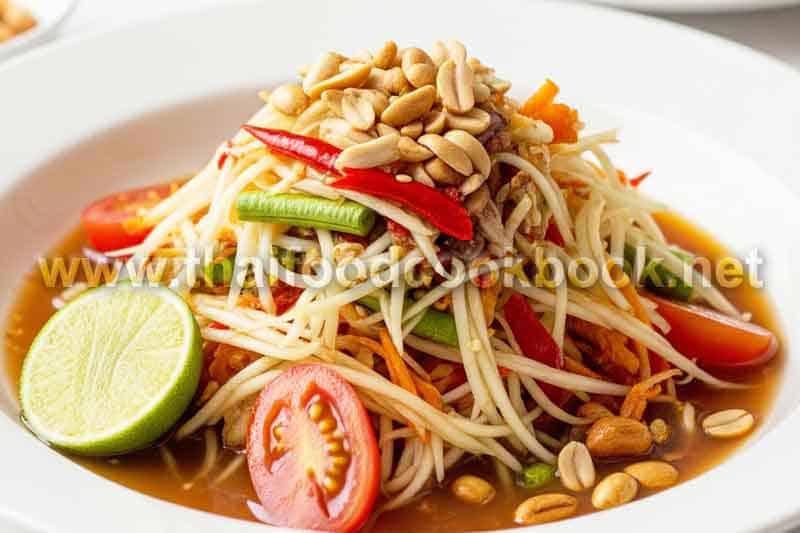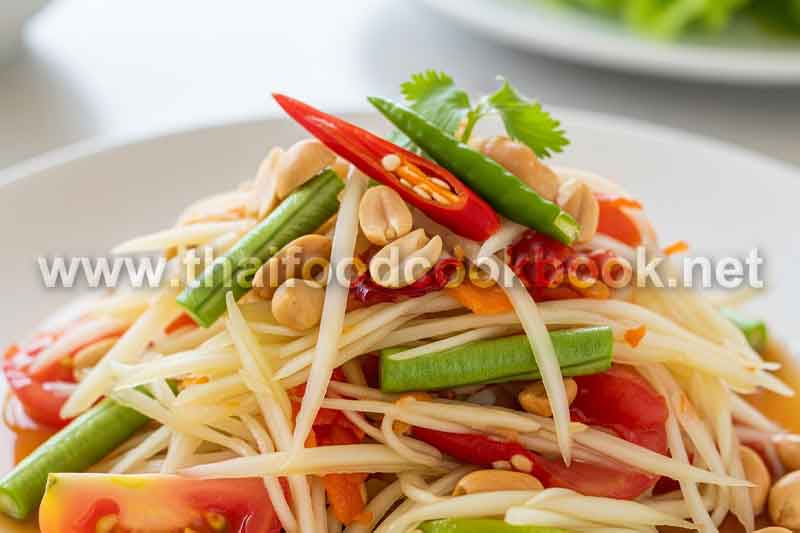How to Choose the Right Thai Curry Paste for Each Dish
Knowing how to choose the right Thai curry paste for each dish is the foundation of cooking curry that tastes authentic, aromatic, and balanced. Each paste carries its own character, color tone, spice level, and herb profile, which means matching the wrong paste with the wrong protein or vegetables can result in flat or confused flavors. Understanding paste families also helps you use the right paste intensity for stir-fried curry, coconut milk curry, or broth-based curry. For anyone new to Thai cooking or trying to improve flavor instinct, learning how to differentiate curry pastes is the fastest way to unlock restaurant-level aroma at home. If you’re exploring how to choose the right Thai curry paste for each dish this guide breaks down aroma style, flavor pairing, heat balance, and final cooking behavior so you know exactly which paste delivers the best result.
1. Understanding the Flavor Profile of Each Curry Paste
Thai curry pastes are more than color differences — each one uses distinct herbs, roots, and chilies that affect fragrance and mouthfeel. Green curry has sharp, bright herbal lift from green chilies, lemongrass, and makrut lime peel, while red curry has deeper roasted chili body and a warmer base aroma. Yellow curry leans mildly sweet and earthy, often mixed with turmeric and coriander seed for a golden tone. Panang curry is thicker, nutty, and slightly sweeter, while Massaman curry is influenced by Persian spice tradition with cinnamon, star anise, and cardamom. To choose the right curry paste, you must first understand whether the dish requires bright fragrance, deep warmth, creamy thickness, or gentle spice comfort.
- Green Curry – floral, sharp, fresh, high-herbal finish
- Red Curry – bold, deep chili fragrance, versatile
- Yellow Curry – mild, sweet-earthy, very beginner-friendly
- Panang Curry – thick, creamy, nutty, rich aroma
- Massaman Curry – warm, spiced, comfort-style curry
When you match flavor profile to the ingredient base, the dish instantly becomes more balanced without extra seasoning.
2. Matching Curry Paste with Proteins, Vegetables, and Cooking Method
The next step is ingredient compatibility. Some pastes pair best with seafood because they carry fresh aromatics that lift delicate proteins, while others are designed for heavier meats or slow-simmered stews. Coconut milk also behaves differently with each paste — green curry becomes fragrant and elegant, panang becomes thick and rich, while massaman develops slow flavor over time. Your choice of paste should follow the protein and texture you want to highlight.
- Green curry + seafood or chicken → bright aroma + herbal finish
- Red curry + pork or beef → deep chili tone + thick body
- Yellow curry + chicken or vegetables → gentle spice + easy for beginners
- Panang curry + beef → creamy, nutty, slow-simmer richness
- Massaman curry + slow-cooked beef or lamb → aromatic, warm, stew-like
If you want a quicker aroma lift, choose pastes that bloom fast (green, red). If you want slow, cozy spice depth, pick massaman or panang.
3. How Heat Level and Aroma Style Influence the Final Taste
Choosing curry paste is also about knowing how strong you want the final aroma to be. Green curry has sharper top-note aroma, while red curry sits deeper in the base tone. Yellow curry is mellow and friendly for kids or spice-sensitive eaters. Panang is rich and aromatic because of kaffir lime, while massaman is gentle but lingering with warming spices. This means you don’t just choose paste by color — you choose by aroma direction.
- Top-note aroma (fresh herbs): green curry, yellow curry
- Base-note aroma (chili + fat fusion): red curry, panang
- Deep comfort aroma (stew-style spices): massaman
The more you match aroma style to mood or dining context, the more “perfect” your curry feels, even before tasting it.
4. Final Summary and Smart Tips for Choosing Curry Paste With Confidence
To choose the right Thai curry paste for each dish, think in three layers: flavor profile, ingredient pairing, and aroma style. If you want bright and herbal, choose green; if you want bold and universal, choose red; if you need gentle comfort, go yellow; if you want creamy richness, go panang; and if you love slow-spiced coziness, choose massaman. Most curry mistakes happen not from cooking errors but from choosing the wrong paste for the wrong base protein or flavor direction. When you build habit-based pairing, you no longer guess — your curry becomes consistently balanced, fragrant, and complete. For deeper study on how curry paste influences flavor profiling, visit Thai curry flavor structure to better understand how herbs, fat, and spices interact at the final stage before serving.
Summary
This guide explains how each curry paste creates a specific aroma identity, how to pair pastes with proteins and vegetables, and how to decide which curry works best for your cooking goal so every dish turns out balanced, fragrant, and authentically Thai.

